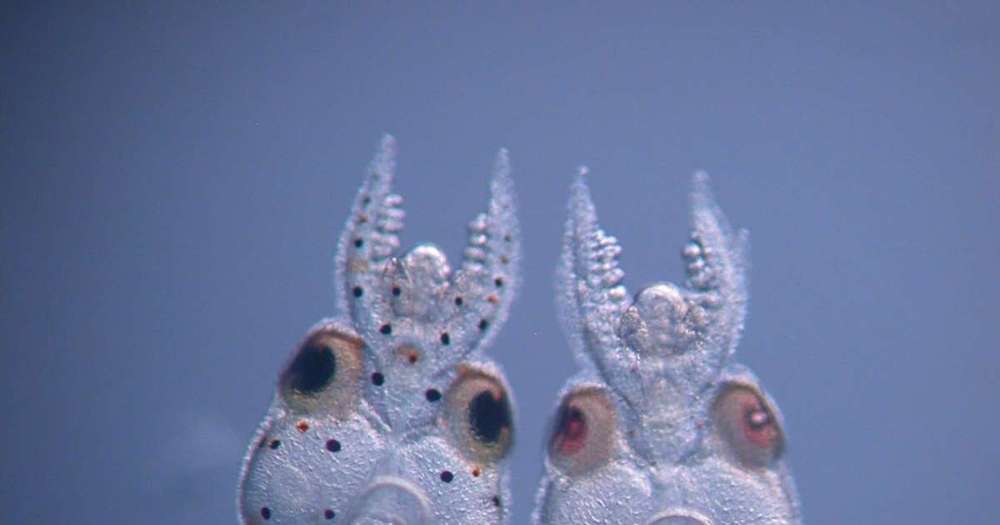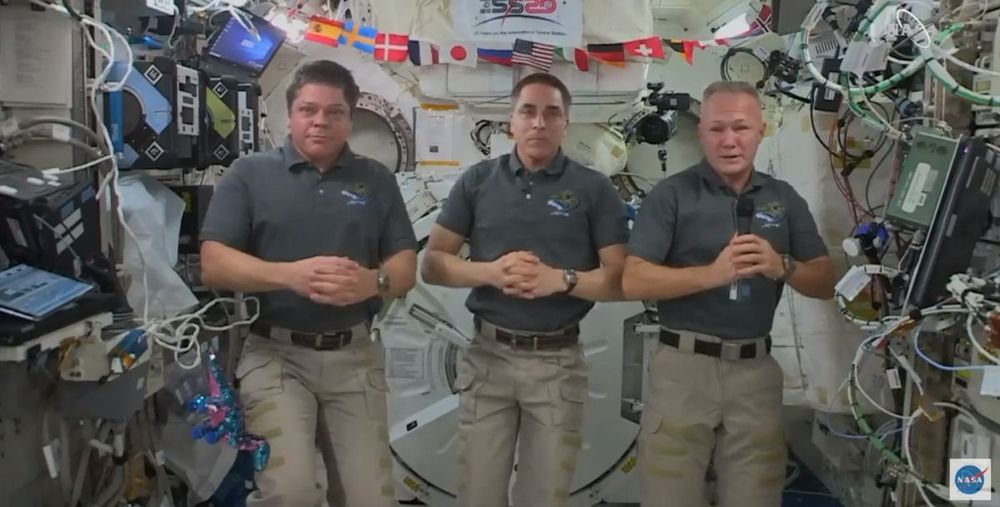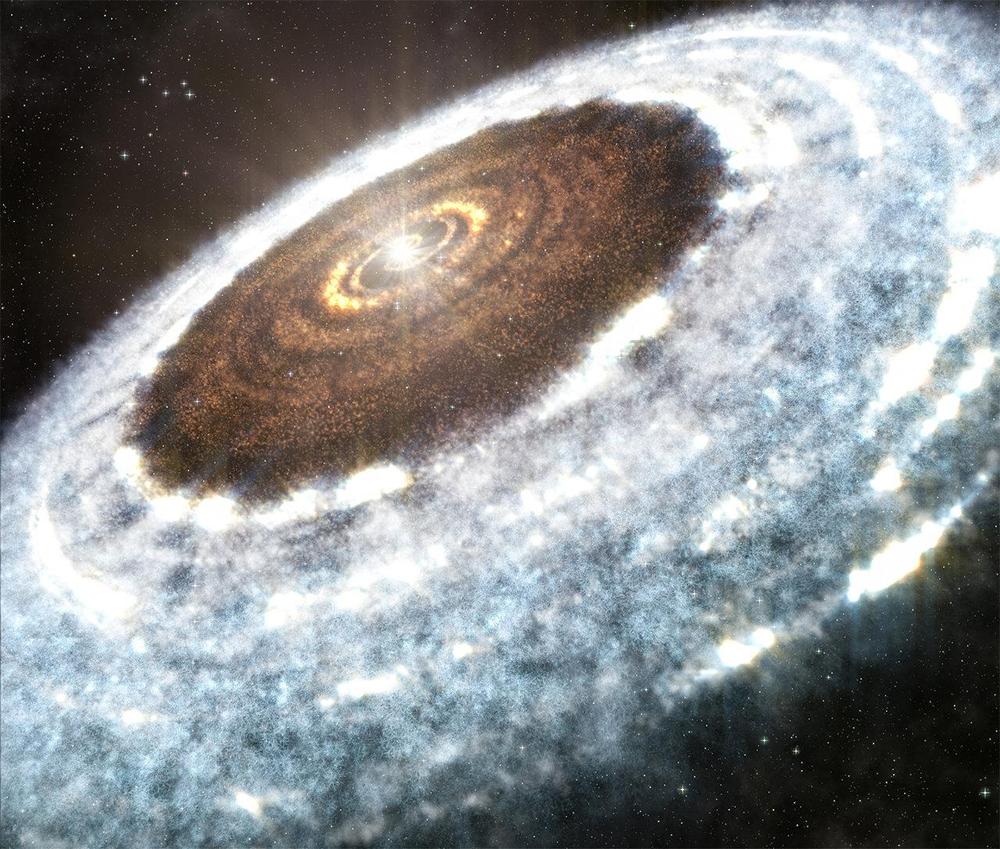While Einstein’s theory of general relativity can explain a large array of fascinating astrophysical and cosmological phenomena, some aspects of the properties of the universe at the largest-scales remain a mystery. A new study using loop quantum cosmology—a theory that uses quantum mechanics to extend gravitational physics beyond Einstein’s theory of general relativity—accounts for two major mysteries. While the differences in the theories occur at the tiniest of scales—much smaller than even a proton—they have consequences at the largest of accessible scales in the universe. The study, which appears online July 29 in the journal Physical Review Letters, also provides new predictions about the universe that future satellite missions could test.
While a zoomed-out picture of the universe looks fairly uniform, it does have a large-scale structure, for example because galaxies and dark matter are not uniformly distributed throughout the universe. The origin of this structure has been traced back to the tiny inhomogeneities observed in the Cosmic Microwave Background (CMB)—radiation that was emitted when the universe was 380 thousand years young that we can still see today. But the CMB itself has three puzzling features that are considered anomalies because they are difficult to explain using known physics.
“While seeing one of these anomalies may not be that statistically remarkable, seeing two or more together suggests we live in an exceptional universe,” said Donghui Jeong, associate professor of astronomy and astrophysics at Penn State and an author of the paper. “A recent study in the journal Nature Astronomy proposed an explanation for one of these anomalies that raised so many additional concerns, they flagged a ‘possible crisis in cosmology.’ Using quantum loop cosmology, however, we have resolved two of these anomalies naturally, avoiding that potential crisis.”







